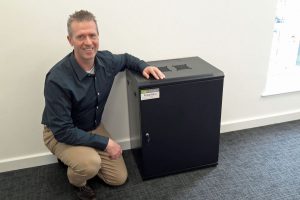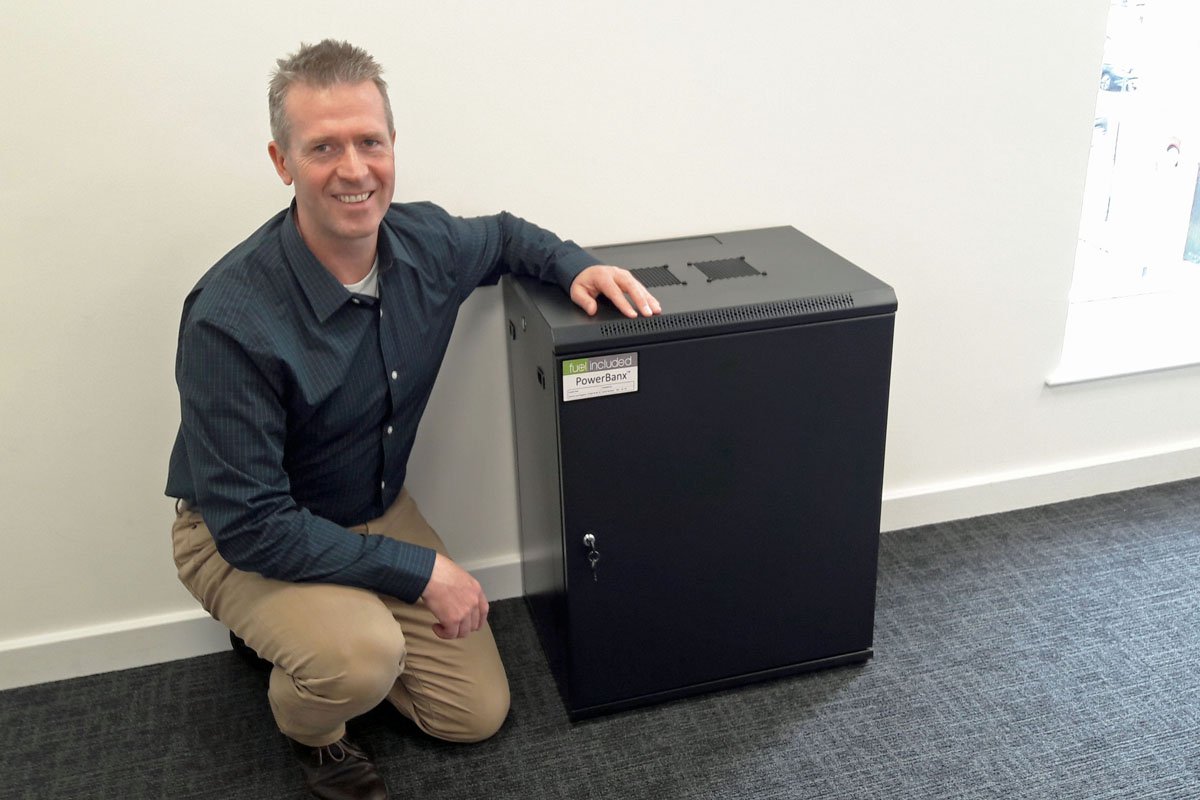Batteries are having a moment.
In early October, the Royal Swedish Academy of Sciences awarded the 2019 Nobel Prize in Chemistry to three scientists for their research on lithium-ion batteries. Their work decades ago led to batteries becoming smaller, more powerful, more portable, and rechargeable, all of which have transformed our laptops, our phones, and our lives.
The same month, news headlines lauded batteries’ ability to act as backup generators during grid outages, as millions endured planned blackouts during this year’s fire season in California.
Batteries are also being touted as the “Holy Grail” for reducing greenhouse gas emissions as we electrify our vehicles and seek to convert our energy grid to a carbon-free system. When connected to a renewable energy source, such as photovoltaic solar panels, batteries can take in the clean energy produced when the skies are clear and sunny, store it, and then send it back to the electricity grid at night, on cloudy days, or whenever needed. And batteries can potentially reduce electricity bills for customers who use them to send power back to the grid when demand is at its peak and energy prices are at their highest.

Tanjent’s PowerBanx X battery storage, in black enclosure (Image: Tanjent)
Also, rechargeable batteries are powering the rise in plug-in electric vehicles. In 2018, more than 360,000 electric vehicles were sold in the United States, an increase of 81% over 2017. With transportation contributing 29% of U.S. carbon emissions, electric vehicles have the potential to significantly lower those emissions, provided the electricity grid that supports them is powered by low-carbon energy.
Just as the cost of energy derived from wind turbines and photovoltaics has dropped in recent years, the price of battery energy storage is declining as well. But there are still regulatory hurdles, safety issues, and other challenges before battery energy storage can become a major component of the electricity grid in the United States. This Climate Central Solutions Brief provides an overview of batteries, including the science, their potential applications, and the market and policy forces shaping the current status and future of batteries.
The science behind batteries
Lithium-ion batteries currently have the highest energy and power densities among alternative battery chemistries, which is why they’re in all of our cell phones and other portable devices.They can store a large amount of energy and deliver it quickly.
Lithium-ion batteries store energy in the form of chemical energy, and have three main parts: the anode (negative electrode), the cathode (positive electrode), and the electrolyte, a chemical medium separating the two electrodes. Chemical reactions at the anode release electrons that travel through an external circuit (to power your laptop or your electric vehicle or something as complex as the Mars Curiosity rover) and back to the cathode where they recombine with the positive ions that traveled through the electrolyte. The process also works in reverse when a stream of electrons (electricity) from an external source is fed to the battery circuit. This is how batteries are recharged.
Read more: Climate Central




